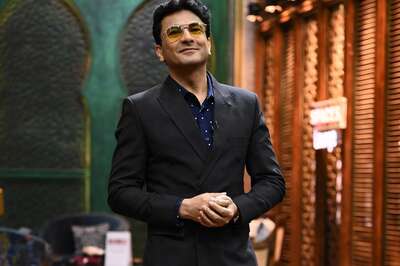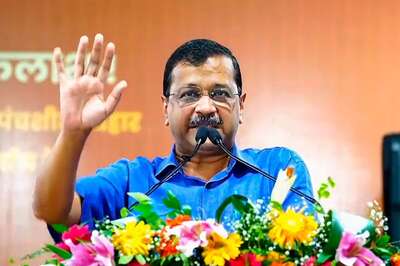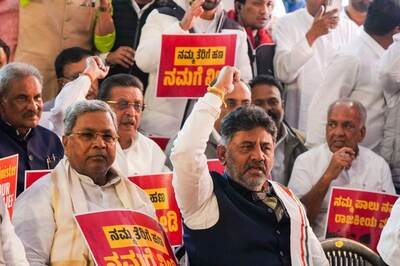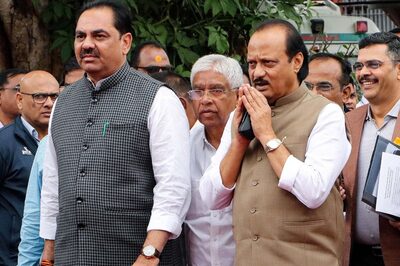
views
Set on the exotic planet of Arrakis, the narrative of Dune: Part Two picks up seamlessly from its predecessor, immersing us in the lives of Paul Atreides (Timothée Chalamet) and Jessica (Rebecca Ferguson) as they navigate the unfamiliar terrain among the Fremen. While the film introduces a plethora of new characters and delves into the intricate world of Bene Gesserits, Harkonnens, and the Emperor’s family, the sheer volume may overwhelm those unfamiliar with the Dune universe.
Expanding its scope from mere planetary exploration to the beginnings of a holy war and the conquest of an entire galaxy, Part Two delves deep into the heart of Dune’s complex themes. For avid fans of intricate world-building, the film offers a profound experience that demands a second viewing for full comprehension. However, for casual viewers, the abundance of details might prove overwhelming and, at times, incomprehensible.
The film’s attempt to encapsulate the vastness of Herbert’s novels within a cinematic format results in a narrative that feels both too long and too short. The sprawling storyline, teeming with exposition, makes the film’s pacing inconsistent, leaving it with a sense of aimlessness.
Villeneuve’s decision to pack everything into two movies instead of opting for a conventional TV series format with more breathing room (which, according to me, would have worked marvelously) becomes evident as certain narrative elements lack the depth they deserve.
New characters like Princess Irulan (Florence Pugh) and Feyd-Rautha (Austin Butler), struggle to transcend their assigned tropes, with minimal personality development. The film, laden with heavy exposition, only accelerates towards its conclusion in the final third, leaving viewers with a sense of unfinished storytelling.
While the acting is commendable, it takes a backseat to the technical mastery exhibited by Dune: Part Two. Ferguson’s impactful performance from Part One gives way to a more mysterious role, while Chalamet, embodying the white messiah trope, faces challenges in making the character resonate. The romantic chemistry between Chalamet and Zendaya (who plays Chani) falls short, diminishing the believability of their relationship.
Despite these shortcomings, the film’s special effects, massive fight scenes, and sound editing stand out as highlights. The portrayal of sandworms becomes a visual spectacle, with heart-pounding sequences that showcase Villeneuve’s directorial prowess. The harmonious blend of visuals and sound contributes to the film’s immersive experience, making it a delight to watch.
As Dune: Part Two concludes, it leaves audiences with a sense that this is just the beginning of Paul’s journey. The film lacks a definitive tone of finality, instead feeling like a prequel that hints at a promising future.
Villeneuve’s achievement is undeniable, yet the question remains whether this instalment will mark a pivotal moment in a successful franchise or fall short of expectations. Despite its flaws, Dune: Part Two remains a joy to watch, leaving viewers both satisfied and eager for more.



















Comments
0 comment